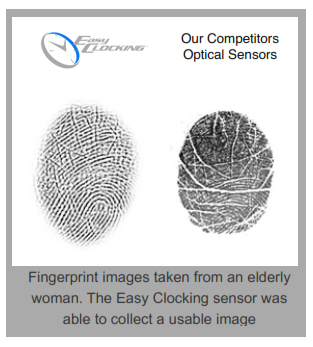The Real World is Diverse
The real world is a big place, full of billions of people with unique characteristics. And while the field of biometrics is built on the concept of an individual’s uniqueness, a diverse user population can negatively affect biometric system performance if the fingerprint sensor is not robust to the range of user characteristics, both physiological and behavioral.

